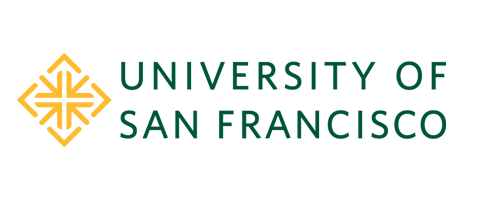Bridging the Gap in Early Mobilization: Implementing the BMAT 2.0 to Enhance Patient Care and Outcomes
Abstract
Objective: Early mobilization of patients is correlated to enhanced functional recovery (Zhang et al., 2019), decreased hospital stays (Zhang et al., 2019), and a reduction in healthcare costs (Liu et al., 2019). Unfortunately, inconsistency in hospital staff training and an absence of mobility assessment standardization have served as barriers to successful implementation. Aim: This quality improvement project aims to increase the percentage of RNs and CNAs who effectively use the BMAT 2.0 to promote early mobilization of medical-surgical endocrine and stroke patients by 20%, from 31.4% to 51.4% by April 22, 2025. The project will occur during a 12-week period from January 27, 2025, to April 22, 2025. Methods: A pre-survey was administered to hospital staff on 2 medical-surgical floors to analyze baseline knowledge and application of the BMAT 2.0. The research team conducted a 2-week in-service training during day and night shifts, utilizing posters, case scenarios, and presentations to increase staff knowledge. Following the in-service training, a post-survey that was identical to the pre-survey was distributed to analyze any changes in responses. Outcome measures included the following: BMAT competency, BMAT knowledge, mobility equipment awareness, documentation consistency, and appropriate responses to case scenarios. Results: The post-survey results revealed an 11.2% increase in hospital staff claiming they are extremely knowledgeable about the BMAT 2.0, a 12.7% increase in having formal training completed, and a 35.2% increase in awareness of equipment location. All case scenario responses showed increased accuracy, with one case scenario increasing from 43.1% to 71.1% appropriate responses. Conclusions: This project illustrated that in-service training successfully enhanced hospital staff competency in the application of the BMAT 2.0. Sustainability endeavors like continuing education are recommended to ensure the long-term success of this project.


